.
The Editorial: Sushi or Spaghetti?
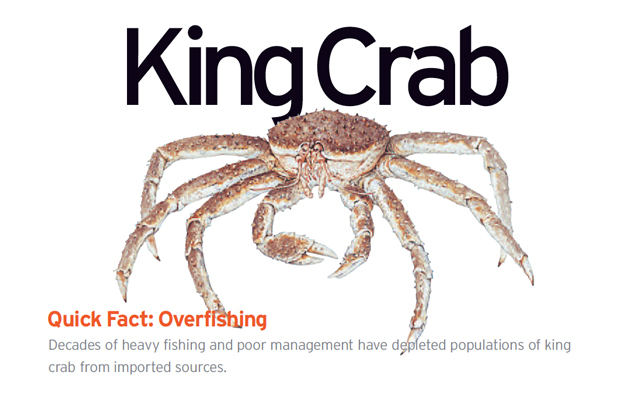
Sometimes it pays to be late to a party: after missing out on the early years of fast food, the now global Slow Food movement is wholly a product of Italy. And after mostly missing out on the dehumanising, smoke-belching factories of the Industrial Revolution which plagued the UK and other countries through the twentieth century, Italy’s fashionably late arrival to industrialisation saw the country become the world’s foremost producer of design goods (illustrated brilliantly in the Triennale’s current exhibition, Dream Factory), and it is one of the few western nations to maintain a solid manufacturing base. Still, at an ever increasing rate, the fads of the northern countries and the USA inevitably make their way here one way or another.
The country’s food culture has been particularly slow to change, with Italians generally sticking steadfastly to their simple, fresh and delicious food. Not coincidentally this inherent locavore attitude once made for one of the most sustainable (and healthy) food ecosystems on the entire planet. But with shifts of population, and shifts of taste (and for fear of being seen as provincial) Italians have begun to demand variety beyond the kebab and occasional dodgy Chinese restaurant. You can now find almost any ethnic food imaginable in some form around Milan, and while nowhere near as cosmopolitan in terms of food as Paris or New York, the food landscape has been altered drastically.
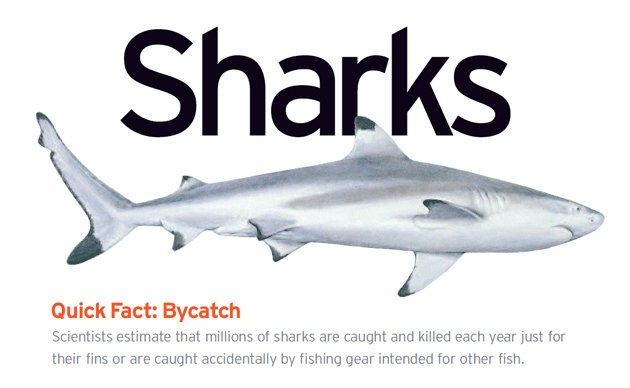
Sushi is among the most visible recent arrivals. While Los Angelenos and New Yorkers were eating the neat little morsels en masse by the mid 1980s, it was impossible to find it in any medium sized Italian cities even five years ago. Slowly but surely, though, sushi has arrived. Very recently, several all-you-can-eat Japanese restaurants have been springing up around Milan (the latest is a tacky black-lacquer affair in Porta Ticinese loudly proclaiming its unlimited sushi to passersby in an 80s kung-fu movie typeface). Sushi has gone mainstream in the Bel Paese, and despite its late arrival, chances are even your nonni have tried it.
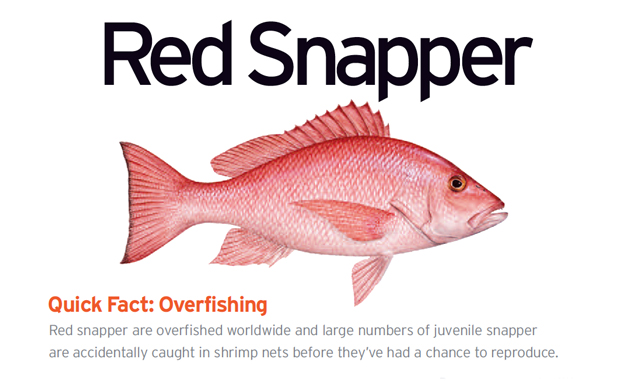
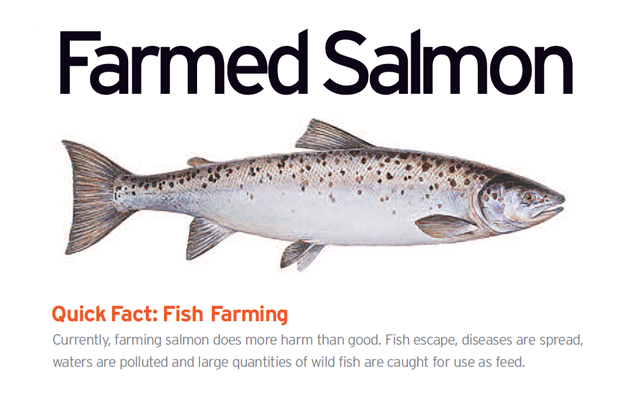
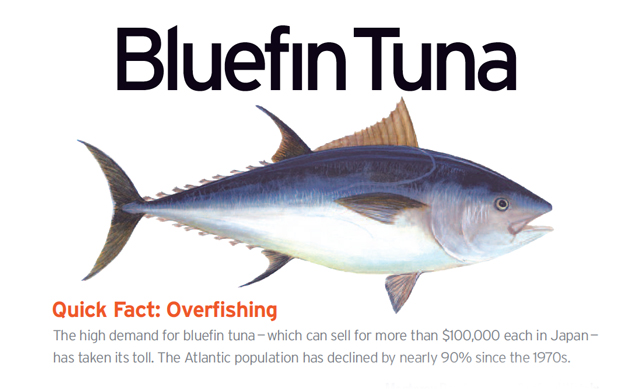
But this fad has far-reaching consequences. The simple fact is, the food (especially the seafood) that is sustainable to eat when you live on an island in the Pacific is not the same food that is sustainable to eat when you live on a peninsula on the Mediterranean. Full stop. And with exponentially increasing demand from industrialising countries on the ocean’s reserve, there is bound to be a massive collapse that will leave millions without any fish unless drastic steps are taken. Fish populations are dwindling – entire species are in danger of extinction – and sushi’s liberal use of shark, snapper, swordfish and all sorts of unsustainable tunas is a major source of the problem. As another country of tens of millions embraces the cuisine, demand will only increase. Not to mention the peripheral damage caused by irresponsible hunting: countless dolphins, sharks, octopi, fish, crabs and others killed as “bycatch,” destruction of coastal habitats and coral reefs and a general loss of equilibrium in the sea.
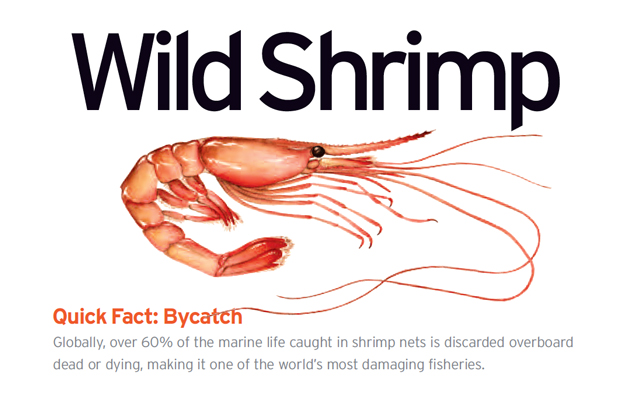
Fish are the last wild animals we hunt commercially for food, and as we approach the limits of their resiliency we must become much more responsible, lest we find ourselves with ruined oceans and no fish within a generation. Quite simply, the world cannot sustain a planet of several billion sushi eaters. This is by no means only an Italian problem, but with with any luck, the country’s late arrival to the sushi party and exceptional food patrimony can help transform it into a voice of reason.
Call it provincial, but while in Italy, doesn’t it sound much nicer to have a nice branzino al forno caught just off the coast than a frigid piece of tuna flown thousands of kilometers to your plate?
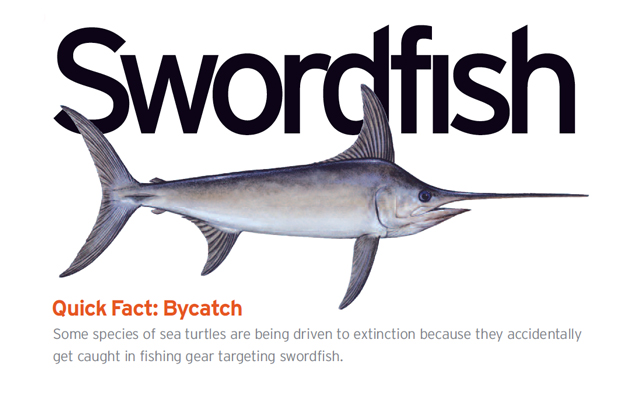
Visit Seafood Watch for a wealth of excellent information regarding responsible seafood and other initiatives for preserving our oceans.
Tag Christof – Images courtesy Seafood Watch
